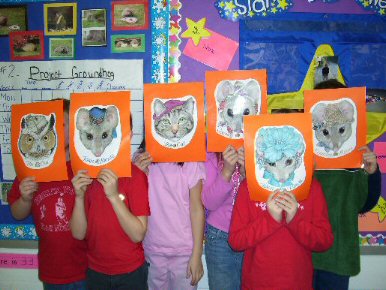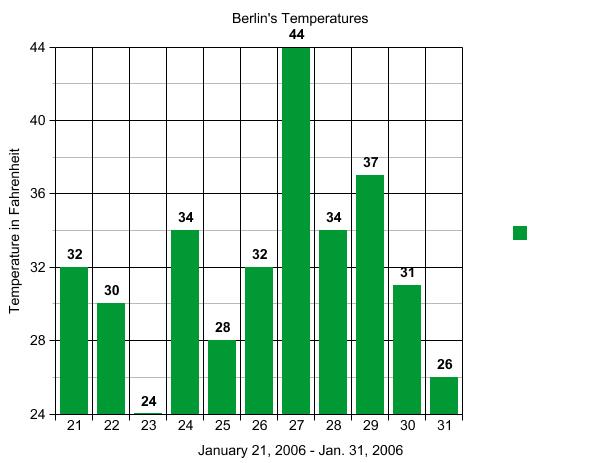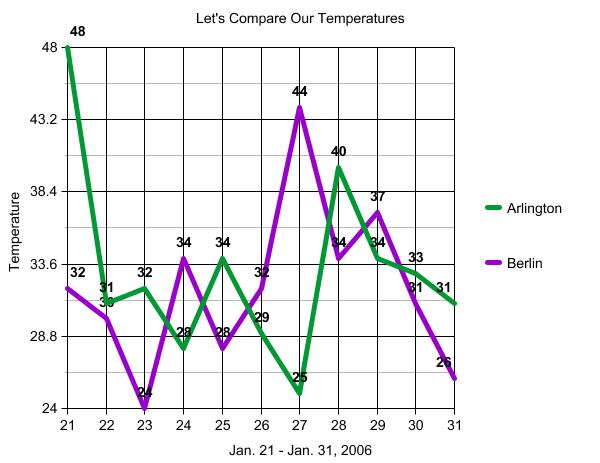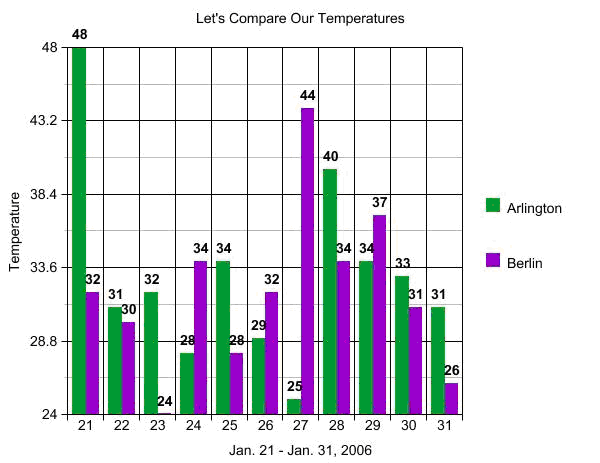|
Town Mouse
Country Mouse: Bringing Two Second Grade Classrooms
Together
Mrs. Debbie
Coats� second grade students
and
Ms. Lanise Jacoby� second graders
The mouse
book that we used was Town Mouse Country Mouse by Jan Brett. We
used it as a springboard to learn about each other�s community.
Berlin, Wisconsin is a city with a population of just over five
thousand people. Arlington, Massachusetts in contrast has a
population of over forty thousand people. Therefore, Mrs. Coats�
class was dubbed the �country mice� and Ms. Jacoby�s students
were the �town mice�.

Getting to
Know One Another: I read Town Mouse Country Mouse to my class,
and then we talked about how life in the country is different
from life in a big city. I introduced our project to the
students and told them that they would have a pen pal in
Massachusetts for one month. They were excited about writing to
another second grader in a different state. The students wrote
letters to Ms. Jacoby�s students and included their birthday,
favorite winter activity, favorite restaurant and the number of
brothers and sisters they had. The students typed these letters
during their computer lab time as e-cards using Jan Brett�s
website: www.janbrett.com.
Ms. Jacoby
had her students do the same. My students enjoyed receiving the
Town Mouse postcards and compared their pen pal�s favorites with
their own favorites. They had to fill out a chart listing the
things that were alike and the things that were different about
each other.
Next they
made up poems and drew pictures of themselves. Again, they
listed more of their favorite things including: favorite color,
movie, book, food, sport and vacation spot. The self-portraits
were done in the computer lab using the KidPix software program.
They used two computer lab times to learn how to draw and add
backgrounds. The self-portraits and poems were published
http://www.berlin.k12.wi.us/pages/cl_2nd_dcoats.cfm
and shared
with Ms. Jacoby�s class. Again, the students compared their pen
pal�s favorites with their own.
Learning About Our Communities:
Berlin and Arlington
I created a
Web Quest at
http://www.myschoolonline.com/page/0,1871,52947-130799-56-26860,00.html
for my
students to learn more about Berlin. They used the links that I
provided to find out the population, the type of government,
land area, number of schools and to learn about the history of
Berlin. Ms. Jacoby�s students also found out the same
information about their city. Then we exchanged our findings to
learn more about one another�s city.
Ms. Jacoby�s
class created an online book called Town Mouse Town Mouse, which
is patterned after Brown Bear, Brown Bear by Bill Martin Jr. Her
students included many of the landmarks in Arlington in this
book. Then we used her format for the book to create our own
Country Mouse Country Mouse book at
http://www.myschoolonline.com/page/0,1871,52947-130799-56-26890,00.html
The students
helped write the text and did all of the research for each
landmark.
Math Extension: Graphing
We kept
track of the temperature in Berlin and Arlington from January
21st through January 31st . The students used a bar graph and a
line graph to record the temperatures. These were posted on the
bulletin board. At the end of the month, I took the class to the
computer lab and showed them how to use the Create a Graph site
at
http://nces.ed.gov/nceskids/graphing/
to make
the same types of graphs on the computer.




Culminating Activity:
Valentine�s Day was the final day of the project. We used our
writing block to create valentines for our new friends in
Massachusetts. My students learned that Ms. Jacoby�s class is a
lot like our class. We love reading, using computers and doing
math problems. We had fun working together and will continue to
stay in touch!
Standards Addressed
English Language
Arts, Standard A: Reading
A.4.2 Read,
interpret, and critically analyze literature.
English Language
Arts, Standard B: Writing Performance Standards
B.4.1 Create or
produce writing to communicate with different audiences for a
variety of purposes.
B.4.2 Plan, revise,
edit, and publish clear and effective writing.
English Language Arts Performance Standards E Media & Technology
E.4.1 Use computers
to acquire, organize, analyze, and communicate information.
Operate common
computer hardware and software
Use basic
word-processing, graphics, and drawing programs
Access information
using electronic reference resources, such as library catalog,
encyclopedias, almanacs, and indexes
Generate, send, and
retrieve electronic messages
F.4.1 Conduct
research and inquiry on self-selected or assigned topics,
issues, or problems and use an appropriate form to communicate
their findings.
Conduct research by
identifying, locating, exploring, and effectively using multiple
sources of information appropriate to the inquiry, including
print, nonprint, and electronic sources
Recognize, record,
organize, and acknowledge information pertinent to a project,
accurately blending discoveries into answers
Math
A.4.2 Communicate
mathematical ideas in a variety of ways, including words,
numbers, symbols, pictures, charts, graphs, tables, diagrams,
and models*
E.4.1 Work with
data in the context of real-world situations
E.4.2 Describe a
set of data using the terms high, low and range
E.4.3 In
problem-solving situations, read, extract, and use information
presented in graphs, tables, or charts
Social Studies, Standard A: Geography
A.4.2 Locate on a
map or globe physical features such as continents, oceans,
mountain ranges, and land forms, natural features such as
resources, flora, and fauna; and human features such as cities,
states, and national borders
A.4.5 Use atlases,
databases, grid systems, charts, graphs, and maps to gather
information about the local community, Wisconsin, the United
States, and the world
A.4.7 Identify
connections between the local community and other places in
Wisconsin, the United States, and the world |